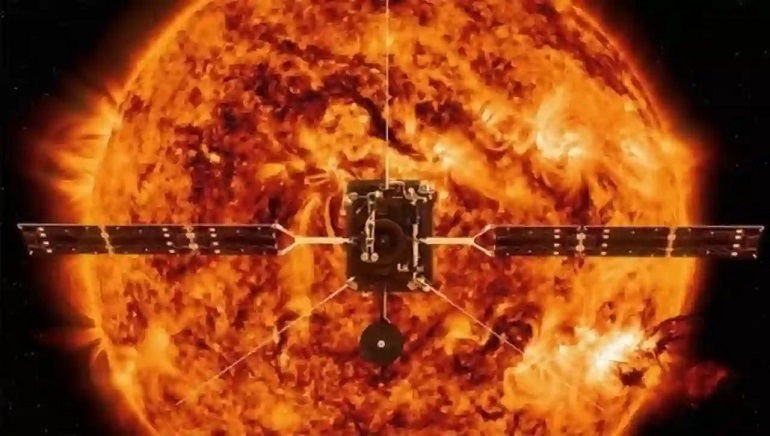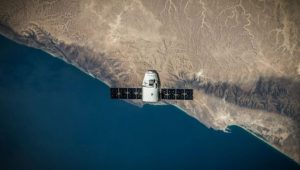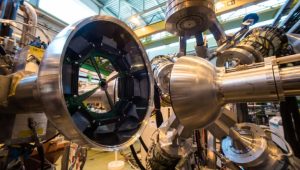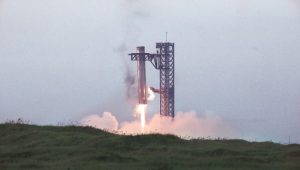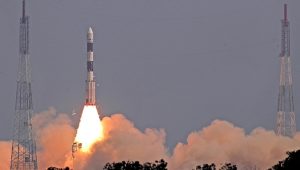Using its onboard remote sensing sensors, the Indian Space Research Organisation’s (ISRO) Aditya-L1 spacecraft has successfully captured high solar fury. For India’s first dedicated solar mission, which launched on September 2, 2023, and reached the Lagrangian point (L1) on January 6, 2024—127 days later—this is a noteworthy accomplishment. L1, which is positioned about 1.5 million kilometres from Earth, enables the spacecraft to keep an eye on the Sun all the time.
In May 2024, two important Aditya-L1 instruments recorded dynamic solar phenomena: the Visible Emission Line Coronagraph (VELC) and the Solar Ultra Violet Imaging Telescope (SUIT). According to an ISRO statement, these instruments recorded multiple strong solar flares of the X- and M-class and Coronal Mass Ejections (CMEs) that caused large-scale geomagnetic storms.
The activity from the solar active area AR13664 was very notable. This region produced several X-class and M-class flares during the week of May 8–15, which were connected to CMEs seen on May 8 and 9. On May 11, a significant geomagnetic storm illustrated the potential effects of these solar outbursts on Earth’s space environment.
On May 17, ISRO released extensive observations from VELC and detailed photos from the SUIT instrument, demonstrating the mission’s success in deepening our understanding of solar processes.





